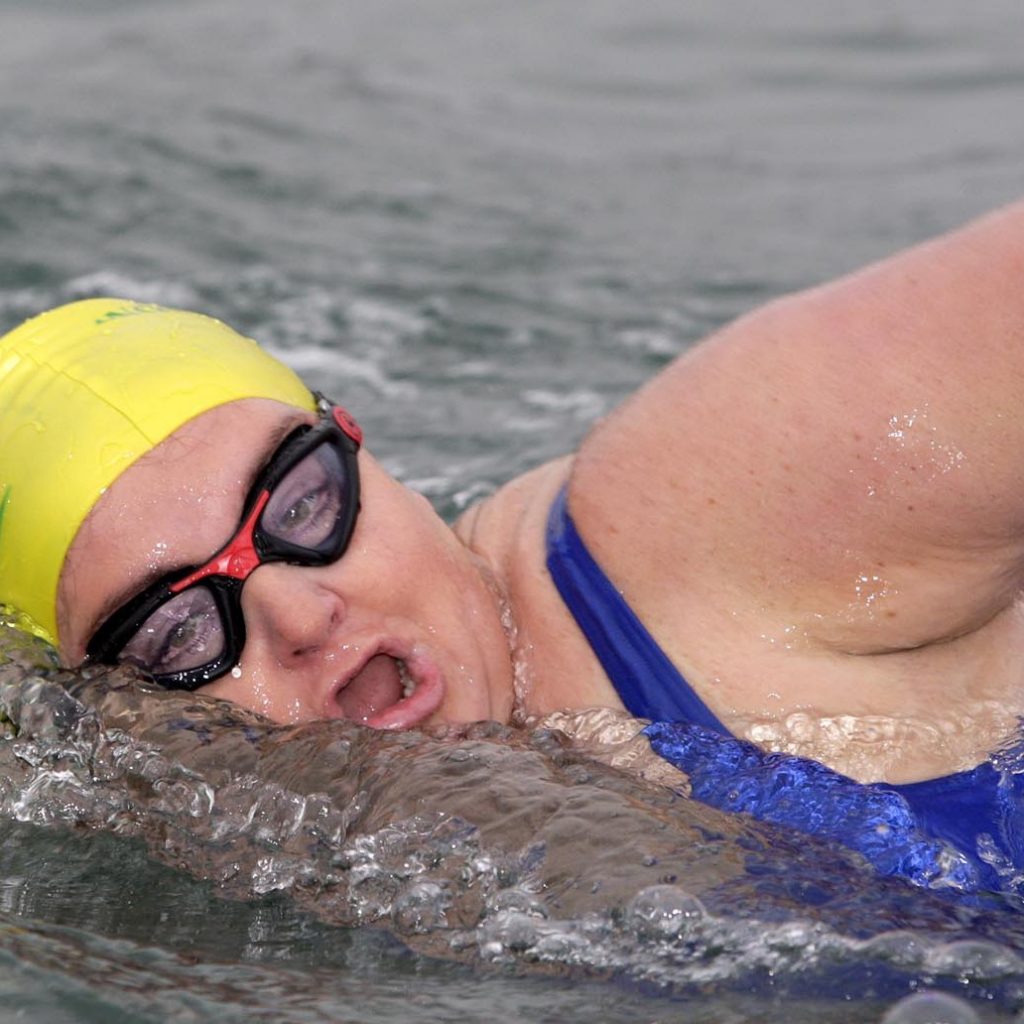Many people in the UK are still riding high on the successes of the 2012 Summer Olympics. Sochi’s recent winter games have continued to inspire and one sport that we traditionally associate with the summer months has seen a wintry version come to the fore in recent times.
Winter swimming is just as it sounds – swimming in winter. Those that participate find it invigorating and exhilarating, but it isn’t something that you should take to without first being prepared. Davina McCall’s swimming stretch of her recent Sport Relief challenge revealed just how dangerous winter swimming can get, even with the right preparation, as she had to be carried ashore following a 1.5-mile swim in the freezing cold Lake Windermere waters.
Don’t be put off, however. If you fancy a go at the sport, here are some tips to get you started.
Wear the Right Swimming Gear
Surprisingly, the warmest and coldest water temperatures for the sea are not during the hottest and coldest months of the year. September is the warmest time for swimming, while April is the coldest. Therefore, taking a winter dip isn’t quite as cold as you might expect, but you should start thinking about getting the right swimming gear ready now, as the sea is getting colder.
To keep warm in the water, many swimmers wear wetsuits, however many do prefer to wear regular swimsuits as they like the refreshing feeling of the cold water against their skin. Choose a quality swimming costume that will offer both comfort and support, especially if you are planning on swimming longer distances. Swimming shorts can offer a nice compromise to the wetsuit versus swimsuit conundrum, allowing you to keep a bit warmer while still having some skin exposed. Another way of keeping warm, though, is to wear a woolly hat over your swimming cap or to invest in some wetsuit slippers or gloves.
Stay Safe
It is often said that the sea is a cruel mistress, and no more so than during the winter months, when it can be much rougher. It is important to make sure that you do some research into the place where you want to swim before diving straight in. Make sure that you can recognise a rip tide when there is one, and that you know where you should and shouldn’t be swimming. If you choose to swim in a lake or other body of water other than a sea, then you must identify an exit strategy first – areas where you can climb out before you head into the water.
Learn to look for other dangers too, such as particularly rough or jagged rocks, or patches of seaweed which you might slip on. If you can’t take someone with you on your swimming adventure, then always make sure that someone knows where and when you are going – and don’t forget to inform them when you have finished too!
Once you’ve finished your dip, dry yourself off thoroughly and then head to the nearest warm shower or bath. Then dress warmly – layers are best – and keep moving around.
About the Author – Sarah Makinson is a fitness fanatic who is always looking for the next sport craze to get into. She blogs regularly about the sports she enjoys, and looks for clothing tips on sites such as Le Sports Ltd.
